We may not have it all together, but together we have it all. This saying of unknown origin is particularly meaningful and relevant for dancers.


We may not have it all together, but together we have it all. This saying of unknown origin is particularly meaningful and relevant for dancers.

Listening to Beethoven’s Ninth Symphony, gazing at Michelangelo’s Pietá or da Vinci’s Mona Lisa, hearing Leonard Bernstein’s music in a production of West Side Story, or reading the works of William Shakespeare may well leave you in a state of wonder and amazement. How long does it take for artists to create such masterpieces?
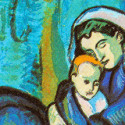
The concept of foreground and background is one way artists can consider perception in their works. They work to push and pull different areas or aspects of the work into and out of the foreground and background, placing emphasis on where they feel it belongs and ultimately leading the viewers or listeners eyes and/or ears on an engaging visual or aural tour.

The basic nature of the artistic process allows artists the opportunity to become inventive and open their minds to what might be possible. Because they see big, they can think big, and they become visionaries who bring their dreams to reality.

Whether they are conscious of it or not, the artistic process teaches artists to solve problems creatively—with boldness, courage, and focus. Artists practice—they use the tools of their art form to carve a path forward so they can achieve their goals. In order to move forward, they confront problems that arise in the artistic process, rather than avoid them.
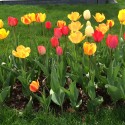
Artists allow themselves to fall deeply into the artistic process. Time seems to stand still and self-expression takes over. This kind of involvement allows their innermost thoughts and feelings to find an outlet. Engrossing themselves deeply in the artistic process helps artists to slow down, and that allows creativity to flourish.
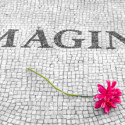
Artists are dreamers. It doesn’t mean that they walk around with their heads in the clouds. It means they use the artistic process to express what they see, feel, hear, and know. Dreaming is crucial for artists because it provides ways of thinking and expressing knowledge that aren’t used in other fields.
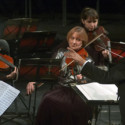
A deep understanding of the artistic process gives composers, choreographers, dancers, actors, directors, musicians, and visual artists the distinct 21st century advantage of serving in the role of problem solvers. Artists learn to stretch boundaries and forge new partnerships, often making insightful contributions to intellectual inquiry and the strengthening of communities. Much of the understanding comes from collaborative artistic processes. It’s powerful.

Artistic power thrives on the tension between freedom and constraint. Artists constantly balance the dynamics of these seemingly contradictory states.
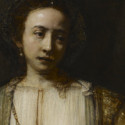
A recent performance of Benjamin Britten’s opera The Rape of Lucretia made me think about the dualities of masculine and feminine and the role of contrast in creating and performing art. Artists learn to understand and use the duality of opposites in their work.